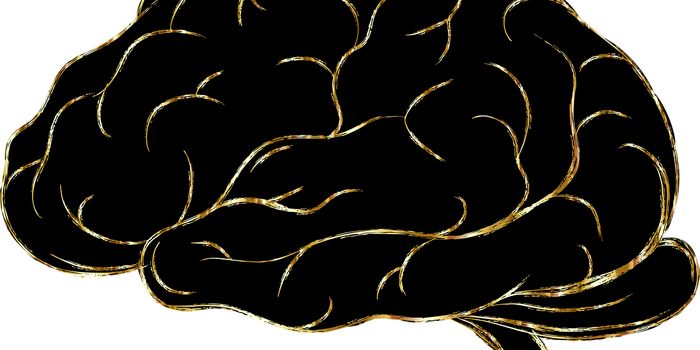Neuroscience and Office Design: How Surroundings Improve Productivity
Many offices are similar in appearance, with mazes of cube dividers, bland colors and little to no natural light. Office design has always been about function. Sturdy desks and chairs and sparse, utilitarian features are what many office workers have come to expect.
However, offices and the buildings that house them are being designed now with neuroscience in mind. There are clinical research studies that show which colors improve productivity, how ceiling height impacts problem-solving and what employees need to work effectively. While architects work with designers and tradespeople, for the most part, some are adding neuroscientists to the teams developing buildings and office space.
Dr. John Medina is a developmental molecular biologist and a professor at the University of Washington. He's been working with a design firm that's building an office complex in Seattle, and his role is to use his scientific knowledge of the brain to make the design of the office more conducive to employee creativity, well-being, and productivity.
Cube farms are going away, and many offices are being designed with an open concept where there are no walls or closed off spaces. There are brain studies that support the notion that people are drawn to open spaces, but scientists at Harvard have also noted that once an open area begins to feel stressful, humans need to retreat to small quieter locations to regroup. Offices that are designed to be open concept are fine, but along with those massive spaces should be separate facilities that are quiet and private so employees can take a break if the boiler room atmosphere becomes distracting.
For thousands of years, humans adapted to live and work in outdoor areas. While we are no longer cave dwellers, we do still crave sunlight, greenery and fresh air. Spending 8-12 hours a day indoors with artificial light and filtered air is not an ideal environment.
Ceiling height is another factor that can influence how employees work. Medina cites the theory of the Cathedral Effect, first posited by Joan Meyers-Levy at the University of Minnesota. In office spaces with high ceilings employees can solve problems faster and easier, and are better at analyzing information and getting the basic concepts. However, detail focus drops in offices that have high ceilings so, in a company where there is a high level of detail-oriented work, lower ceilings will give employees the best environment for their tasks. The Cathedral Effect is known to exist, but there's very little understanding of why it's so accurate.
What about color? It matters. Shades of blue impact the brain by causing people to remain alert. Research from Rensselaer Polytechnic Institute in New York also found that being in an environment with a lot of blue suppresses the production of melatonin. Green is another color we are drawn to because, from an evolutionary standpoint, green represents food and survival. Having plants in an office setting is fairly common, but designers who want offices to have real brain benefits will incorporate living, growing greenery in various locations, rather than just a few sad pots of ivy on shelves.
Finally, variety matters. When every hallway and office has the same carpet, the same wall coverings, and the same furniture, creativity suffers. Designing office spaces that are different in every corner and crevice is the way to boost the brain into better performance. When employee performance and productivity improve, the economic success of a business flourishes as well. Take a look at the short TEDx Talk below to learn more.
Sources: GeekWire The Wall Street Journal









